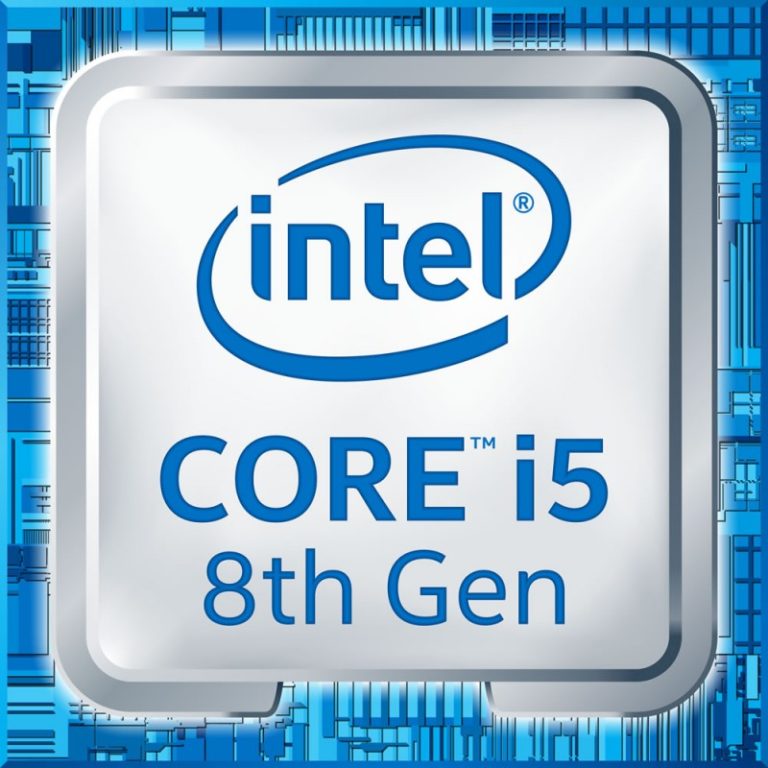

In my opinion, there is only one conclusion left after these results:Īt least that is accurate, your opinion isn't based on the right set of facts.A 32-bit processor can process 32-bits of information at a time a 64-bit processor can process 64-bits of information. A STANDARD OS may draw 25 watts at idle, but ESX runs MANY OS at idle. It just means that IF the server needs more CPU it tries to start a CPU for 30 seconds, before it kicks off another CORE, ESX doesn't have anything to do with hardware, the hardware manages itself, ESX is an OS.ĮSX is STILL compatible with a Dell 210, you are worried about a problem that doesn't exist, like power consumption, because you are looking at how much watts is used rather than current draw, so you need to review your circuit consumption before you think the machines are drawing too much power, because 65 watts at idle for a server (which is equivalent of a light bulb) is NOT high. That has nothing at all to do with power savings. Turbo boost means it kicks up a processor FIRST before it spawns another processor. My guess would be that the C1E p-state is not active here, which required for Turbo Boost to work.ĭear VMWare team, would you please remove the Xeon 元426 CPU from HCL? ESXi lacks support for the most interesting features of this CPU - power saving and Turbo Boost. In my opinion, there is only one conclusion left after these results: Turbo boost is not working under ESXi. In contrast to the Linux scenario where the power consumption saturates with two active processes due to Turbo Boost, we need four active processes here to drive the processor to its thermal limit. Unfortunately, i7z does not work in a VM, so I can't give any freqencies here.Īs you can see, the power behavior is totally different.

The VM was configured to no CPU ressource limit. The results differ only after the decimal point). Under ESXi I did the same test, using one VM with 4 assigned CPUs (before you protest: I cross-checked 4 VMs using one CPU core each. Lauching further processes does not increase the power conumption anymore, but redistributes the availabe thermal budget between more cores. So even two processes get the CPU to that limit. These results show very well how Turbo Boost works: as long as there are idle cores, the busy ones are overclocked up to the thermal budget of the whole processor. Three processes: 56.2W, max frequency 2130 MHzįor processes: 61.1W, max frequency 2000 MHz Two processes: 61W, max freqency 2800 MHz One dd process: 50.6W, max freqency 3200MHz The true core frequencies were monitored using the i7z utility. Using one to four of these processes, I measured the power input of the whole system. Taskset -c 0|1|2|3 dd if=/dev/urandom of=/dev/null &


 0 kommentar(er)
0 kommentar(er)
